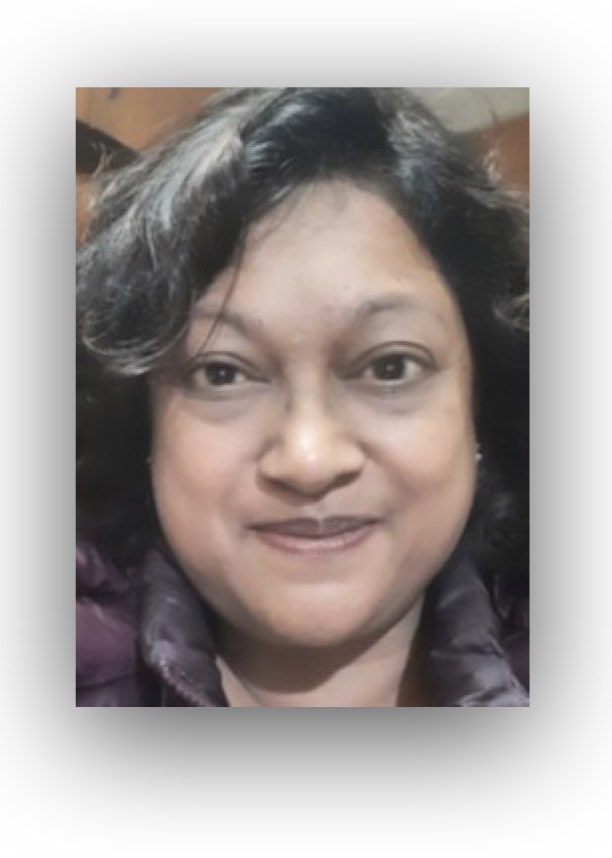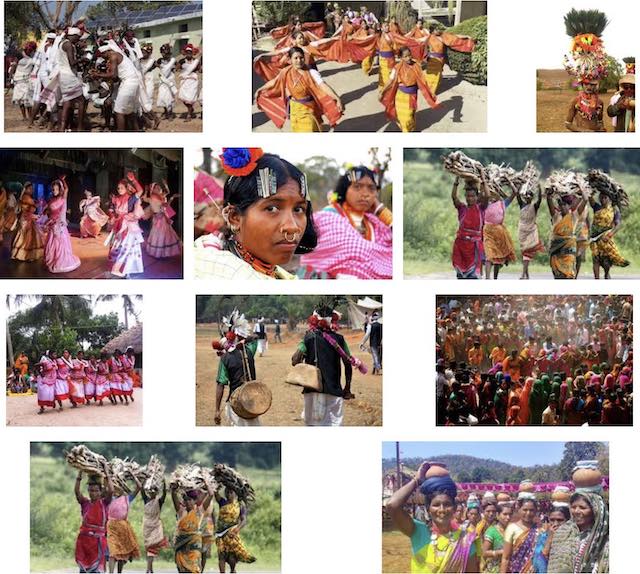Abstract
In recent years, elites in many small ethnic communities in northeast India have made attempts to revive, reform and institutionalize their traditional religious practices in order to stem the tide of conversion to world religions and also to use their new religion as a marker for their ethnic identity. In this paper, I focus on the small Tangsa community, living in the northeast Indian states of Assam and Arunachal Pradesh, and try to understand the processes and intentions that underlie the formation of their new reformed religion called Rangfraism. Friction with Christian missionaries and interaction with Hindu activists in this remote hilly frontier region have played a big role in the process of transforming their traditional system into their “new” religion. I try to ascertain which of the older practices have been retained, which have been adopted from other revival movements in the area and which have been appropriated from Christianity and Hinduism. While it will be clear that the leaders have attempted to take the best from all quarters in order to make their new religion more attractive, the analysis will also demonstrate how that very strategy has led to internal contradictions and, hence, to confusion and resistance.
Introduction
“Tangsa”, meaning “children of the hills”, is an umbrella term for about 35 different trans-Patkai ethnic groups,1 arguably related to the Naga, who entered India from the slopes of the Patkai hills in present-day Myanmar at different points of time in the past, but mostly within the last 100 years, and have settled in the plains of the northeast Indian states of Assam and Arunachal Pradesh. There are no more than 60,000 Tangsa living in India at the moment; many more Tangsa still live in the Sagaing division of Myanmar on the other side of the Patkai range.
The easternmost part of Indian hill state of Arunachal bordering Myanmar is home to many ethnic communities besides the Tangsa, such as the Singpho (known as Jingphaw or Kachin in Myanmar), the Wancho and the Nocte. The state of Assam, in the valley of the Brahmaputra, is home to many ethnic communities as well as to the mainstream Assamese-speaking predominantly Hindu population. […]
Source: “Best of All Worlds: Rangfraism: The New Institutionalized Religion of the Tangsa Community in Northeast India” by Meenaxi Barkataki-Ruscheweyh: Asienforum, International Quarterly for Asian Studies, Vol. 46, Issue 1-2, May 2015, Contemporary Indigeneity and Religion in India | Download the full article as PDF >>

“[A] common perception of conversion, prevalent in India, is that all conversions take place only among deprived lower caste or tribal groups, which are considered more susceptible to allurement or coercion. The reality of upper caste conversions is ignored in this climate of cynicism.”– Dr. Ivy Imogene Hansdak in Pandita Ramabai Saraswati: the convert as ‘heretic’ | More about the effects of “casteism” >>
Up-to-date reports by Indian experts and journalists
Search tips
Combine the name of any particular state, language or region with that of any tribal (Adivasi) community.
Add keywords of special interest (music, poetry, dance just as health, sacred grove and biodiversity); learn about the rights of Scheduled Tribes such as the “Forest Rights Act” (FRA); and the United Nations “Declaration on the Rights of Indigenous Peoples”, “Universal Declaration of Human Rights”, “women’s rights”, or “children’s right to education”.
Ask a question that includes “tribal” or “Adivasi”, for instance: “Adivasi way of life better?” (or “tribal way of life worse?”)
Specify any particular issue or news item (biodiversity, bonded labour and human trafficking, climate change, ecology, economic development, ethnobotany, ethnomedicine, global warming, hunter-gatherers in a particular region or state, prevention of rural poverty, water access).
For official figures include “scheduled tribe ST” along with a union state or region: e.g. “Chhattisgarh ST community”, “Himalayan tribe”, “Scheduled tribe Tamil Nadu census”, “ST Kerala census”, “Particularly Vulnerable Tribal Group Jharkhand”, “PVTG Rajasthan”, “Adivasi ST Kerala”, “Adibasi ST West Bengal” etc.
In case the Google Custom Search window is not displayed here try the following: (1) toggle between “Reader” and regular viewing; (2) in your browser’s Security settings select “Enable JavaScript” | More tips >>
Note: hyperlinks and quotes are meant for fact-checking and information purposes only | Disclaimer >>
List of websites covered by this Google custom search engine
Academia.edu (platform for academics to share research papers) – www.academia.edu
Archive.org – https://archive.org
Centre for Science and Environment – https://www.cseindia.org
Current Conservation – https://www.currentconservation.org
Development and Cooperation (D+C) https://www.dandc.eu
Down To Earth (India) – www.downtoearth.org.in
India Environment Portal – www.indiaenvironmentportal.org.in
Harnessing Nature Magazine – https://harnessingnature.online
Mongabay-India – https://india.mongabay.com
M S Swaminathan Research Foundation – www.mssrf.org
Navdanya (protecting India’s biodiversity based food heritage) – https://navdanya.org
Third World Network (Penang, Malaysia) – https://twn.my
The Shola Trust (nature conservation in the Nilgiri region) – www.thesholatrust.org

Indian online periodicals and platforms | Images view >>
~ ~ ~
Personalize your CustomSearch by combining other search words >>
(e.g. name of a tribal community and region, a craft, or dance and puppetry)
Research the above issues with the help of Shodhganga: A reservoir of theses from universities all over India, made available under Open Access >>
Note: hyperlinks and quotes are meant for fact-checking and information purposes only | Disclaimer >>
Tips for using interactive maps
Toggle to normal view (from reader view) should the interactive map not be displayed by your tablet, smartphone or pc browser
For details and hyperlinks click on the rectangular button (left on the map’s header)
Scroll and click on one of the markers for information of special interest
Explore India’s tribal cultural heritage with the help of another interactive map >>